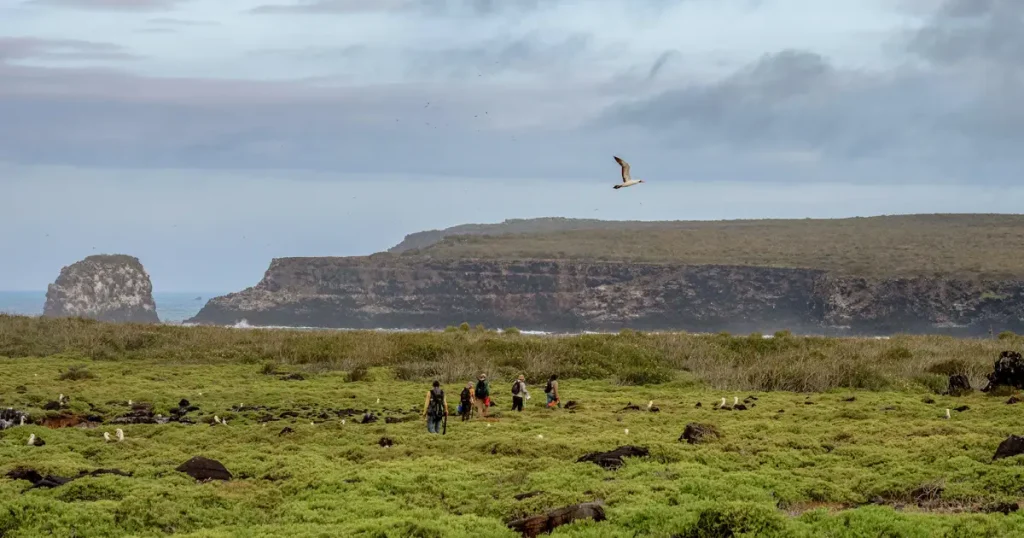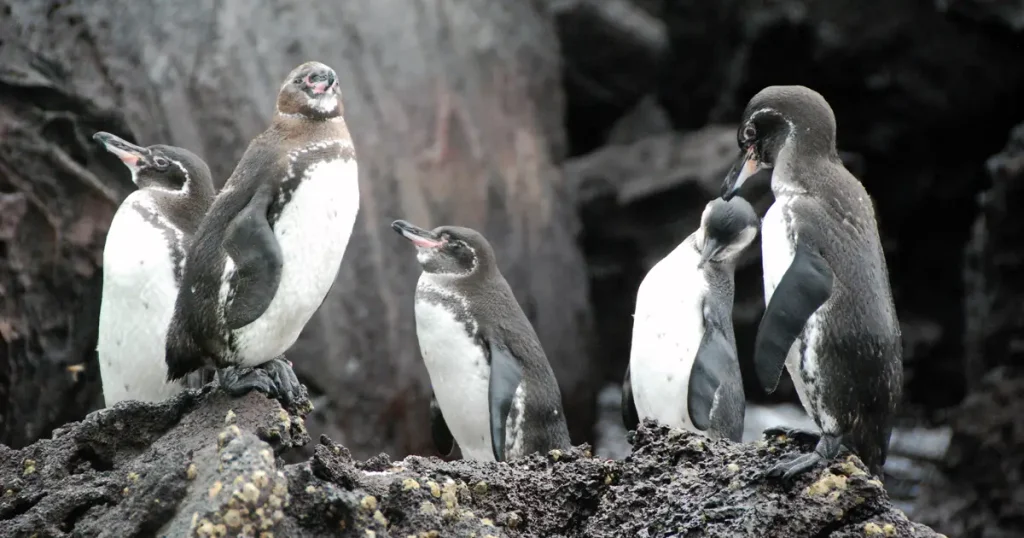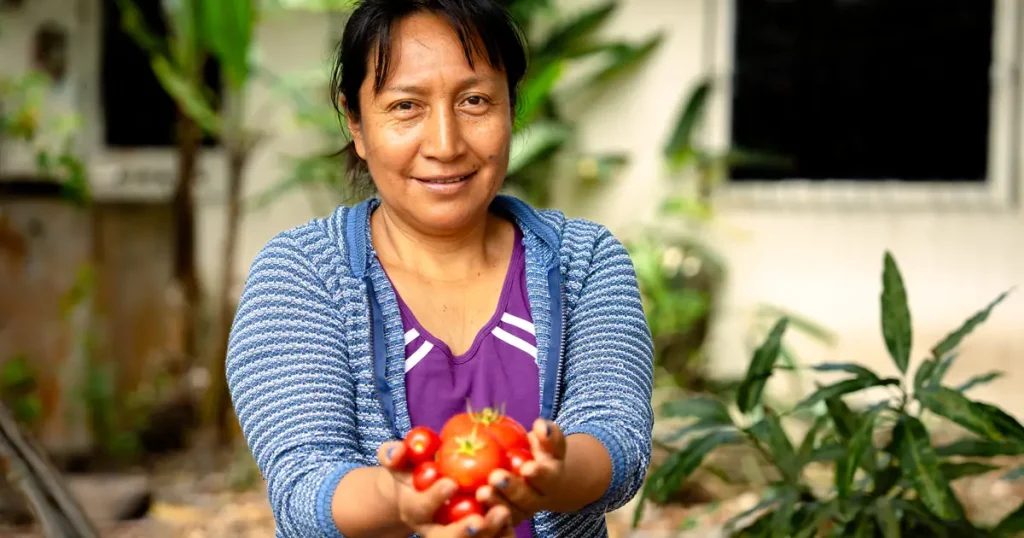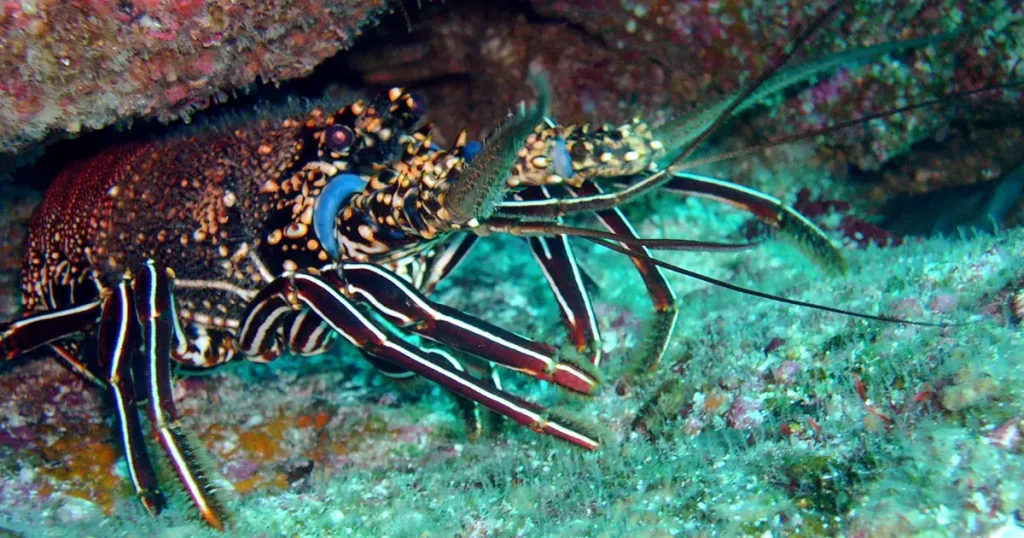Floreana: The Eden That Breathes Again
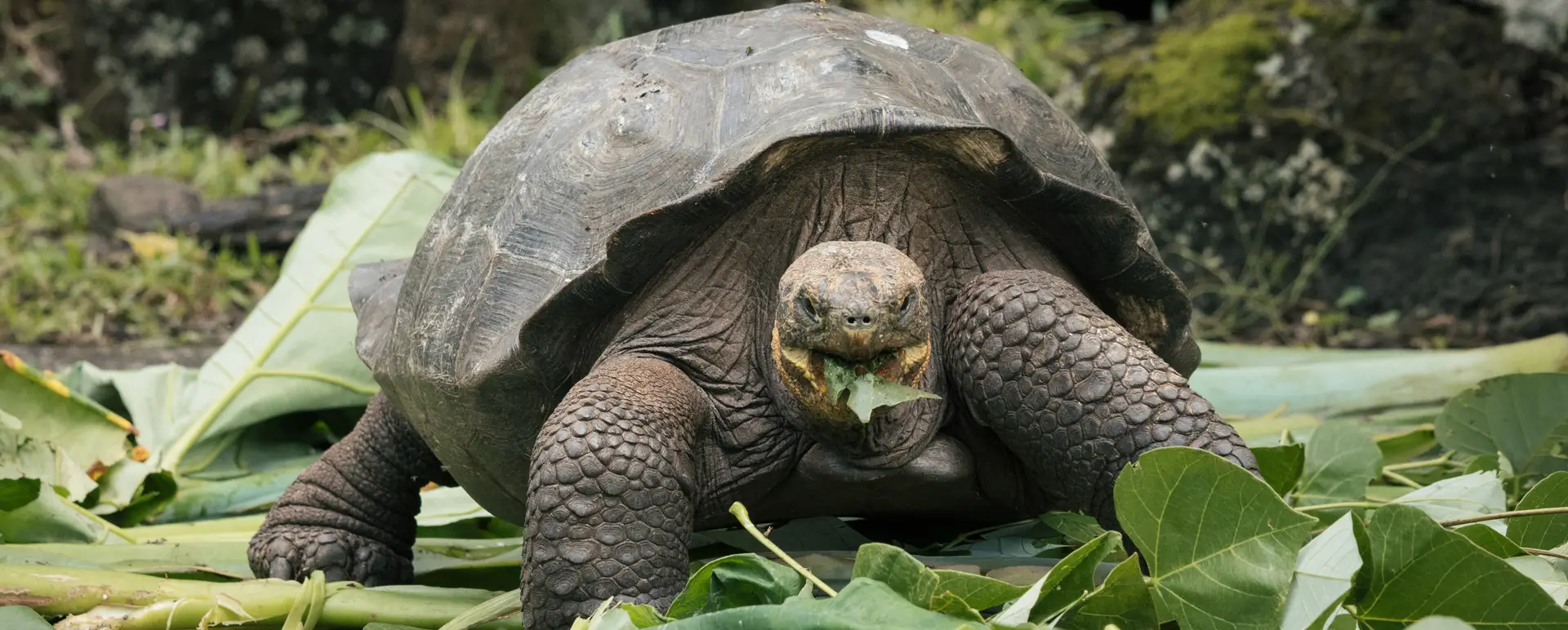
Nearly two centuries after the disappearance of giant tortoises from Floreana, the island is about to witness a historic moment: the return of a species once believed lost forever.
For centuries, Floreana Island was shaped by the steady footsteps of giant tortoises. These creatures weren’t just part of the landscape—they transformed it with every move: clearing paths, spreading seeds, sustaining life. A whaling captain in 1833 even described how “the terrapin leaves the mountains and high grounds and may be found spread in all directions over the plains and low grounds near the sea.” But in the 1800s, that balance was broken. All the tortoises disappeared, hunted into oblivion, triggering a chain of changes that permanently altered Floreana’s ecological destiny. A deep silence settled over the island—a wound that nearly proved fatal.
The Silence Begins
By the late 18th century, Floreana had become a prime target for whalers traveling across the Pacific. They collected live tortoises as long-lasting food source on their ships. In 1820, the whaling ship Essex stopped at Floreana and took aboard hundreds of tortoises—just one example of a common practice, where up to 700 tortoises could be removed during a single expedition. That same year, a crew member from the *Essex* accidentally started a fire while cooking onshore. The flames quickly spread, leaving the island burning for months, devastating much of Floreana’s vegetation and leaving a deep scar on the island.
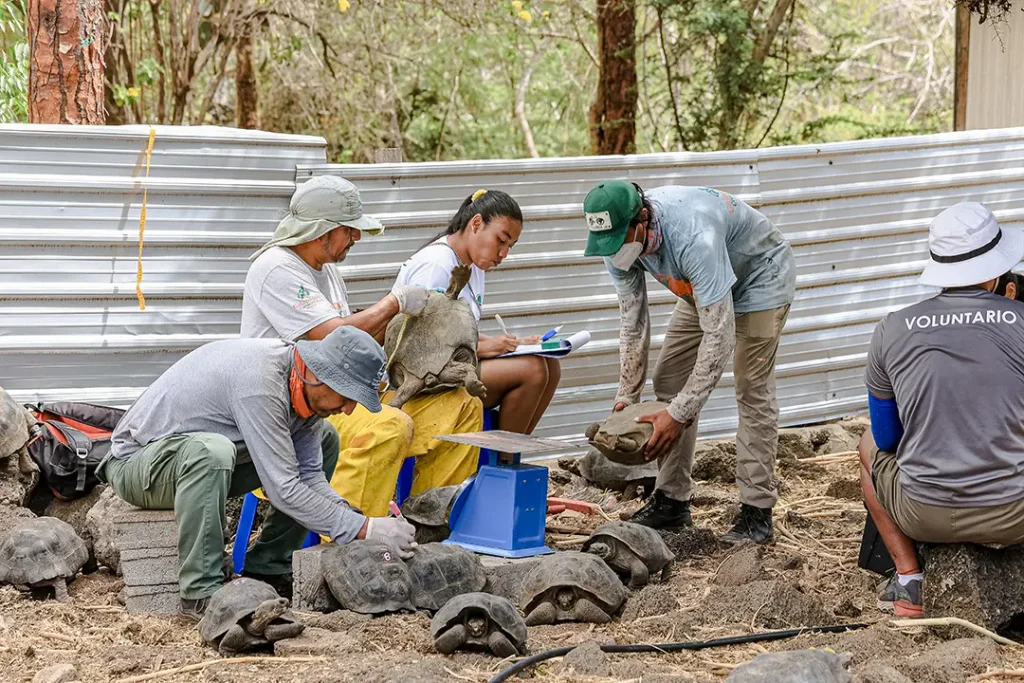
Between 1774 and 1860, over 100,000 tortoises were taken from across the Galápagos archipelago.
When Charles Darwin visited Floreana in 1835, he encountered an island still echoing with signs of its lost abundance. Locals and whalers continued to hunt tortoises, and historical accounts described trails carved by these giants’ repeated journeys to freshwater springs, where hundreds would gather at a time. This overexploitation—combined with the introduction of new predators such as pigs, rats, goats, and dogs, as well as the devastation of the great fire—accelerated the extinction of Floreana’s tortoise. Among all the tortoise species in the archipelago, Chelonoidis niger was the first to disappear.
Clues From an Unexpected Place
More than a century later, scientists delivered an astonishing discovery. In 2000, a research expedition to Wolf Volcano in northern Isabela Island spotted tortoises with saddleback shells—an unusual trait in that area. Something didn’t add up. Blood samples were taken and, through advanced genetic analysis, the unthinkable was confirmed: some of these tortoises were hybrids with genetic ancestry from Floreana’s supposedly extinct species.
The most plausible explanation, as extraordinary as it sounds, is that Floreana tortoises captured on Floreana by mariners had been abandoned on the shores of Wolf Volcano and—against all odds—they survived. The past had quietly endured in a remote corner of the archipelago, waiting to be found.
That discovery ignited a bold restoration effort. Scientists launched a rigorous program of genetic identification and selective breeding to guide the Galapagos National Park to bring back what had once been written off as lost.
Science, Patience, and Hope
Following that discovery in 2000, Galápagos Conservancy and the Galápagos National Park Directorate began a long and meticulous journey to restore giant tortoises to Floreana. It started with identifying individual tortoises carrying Floreana genes. In 2015, the restoration project was formally launched, and 84 tortoises with high genetic similarity to Chelonoidis niger were moved from Wolf Volcano to the tortoise breeding center on Santa Cruz Island.
From those individuals, a carefully designed breeding plan was implemented, prioritizing the most compatible pairings to recover traits of the original species. More than 600 hatchlings have since been born in human care—around 300 of which are now big enough to return home to Floreana Island.
But this effort is about more than just numbers. Each tortoise acts as an ecological engineer: opening paths, spreading seeds, managing woody vegetation, and creating habitats for other species. Without them, the island’s ecological functions begin to break down. Bringing them back is also about helping Floreana breathe and heal once more.

A Chapter in a Larger Story
The story of Floreana is part of a broader mission: the restoration of giant tortoises across the Galápagos. And among all the efforts, Floreana stands out as one of the most hopeful chapters.
Today, Floreana represents something deeper: a real chance to restore not only its flagship species but also its ecological identity—its lost balance, its biological memory.
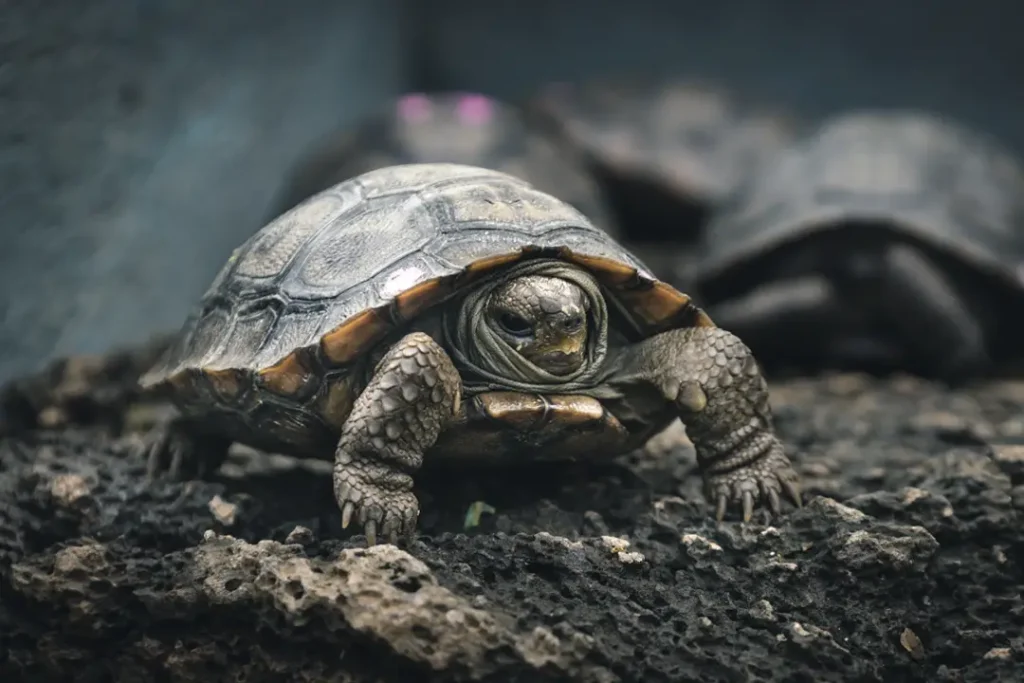
A Promise Within Reach
Between 2006 and 2009, Floreana underwent major ecological recovery work. Goats, pigs, donkeys, and cattle were eradicated, relieving direct pressure on the ecosystem. In 2023, new operations targeted rats and feral cats—key steps to protect native birds and reptiles. Cats and rats have now been significantly reduced, paving the way for a safer future for tortoise reintroduction.
Today, it’s estimated that about 30% of the island—nearly 50 km²—could once again support giant tortoises. In the long run, Floreana could be home to as many as 12,500 individuals, walking once more along trails they helped shape centuries ago.
And that moment is approaching. When the seasonal rains arrive again, a new chapter will begin. Tortoises will be transported from the Fausto Llerena Breeding Center to Floreana Island, where something deeply symbolic will happen: the tortoises will be carried on the backs of park rangers and Galápagos Conservancy scientists—just as whalers did over a century ago. But this time, not to take them away… but to bring them back home again.
Though Chelonoidis niger remains officially listed as extinct, its genetic legacy will once again roam the island. The return of tortoises to Floreana is more than a scientific achievement—it’s a message to the world: extinction is not always the end. With commitment, vision, and sustained support, ecosystems can recover.

An Eden that once faded is, at last, beginning to breathe again.
Sources Consulted:
- Galápagos Conservancy – “Restoring Giant Tortoises”
- Demographic outcomes and ecosystem implications of giant tortoise reintroduction to Española Island, Galapagos. *PLOS ONE*, 9(10): e110742. – Gibbs, J. P., Hunter, E. A., Shoemaker, K. T., Tapia, W. H. & Cayot, L. J. (2014).
- Galápagos Giant Tortoises — James P. Gibbs, Linda J. Cayot, Washington Tapia
Share:


